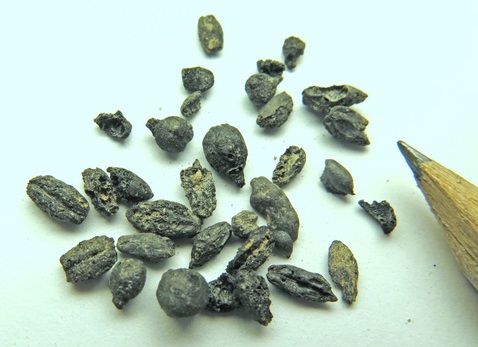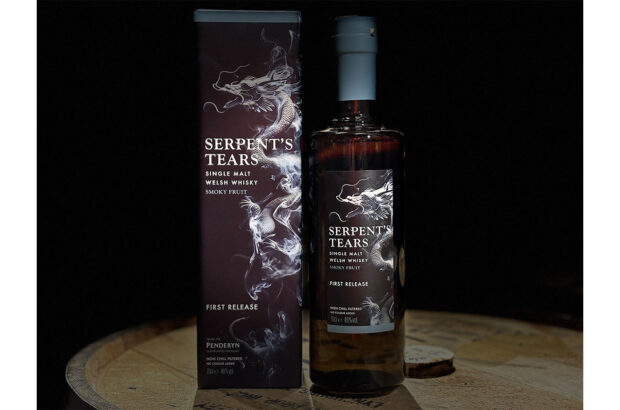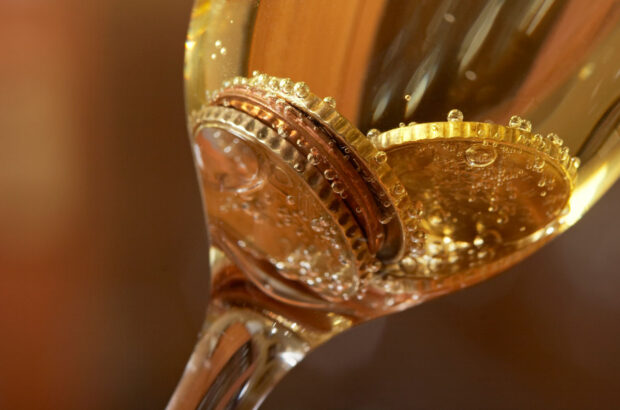Life in Britain in the Dark Ages wasn't as bad as billed, at least for kings and their entourage, suggest findings at an archaeological dig at a 1,500-year-old castle in Cornwall.
Kings and residents of Tintagel Castle in Cornwall imported wines and feasted on a diet of oysters, cod and roast pork, show new findings at the site.
Tintagel has been frequently associated with the legend of King Arthur and his famous knights of the round table.
While evidence of that particular story may be thin, archaeologists have become convinced that Tintagel was an important seat of power from the fifth and sixth centuries AD onwards in Dark Ages Britain.
Live like a Dark Ages king: How to match oysters with wine

An artist’s impression of how the great hall at Tintagel probably looked. Credit: English Heritage / Bob Marshall
Excavation work has revealed more about everyday life inside Tintagel’s stone walls after the Roman legions left Britain to defend their shrinking empire.
‘It is easy to assume that the fall of the Roman Empire threw Britain into obscurity,’ said Win Scutt, properties curator for western regions at English Heritage, now in possession of Tintagel.
‘But here on dramatic Cornish cliff top they were making use of substantial stone buildings, using fine table wares from as far away as Turkey, drinking from decorated Spanish glassware and feasting on pork, fish and oysters.’
The remains of large clay pots, known as amphorae and which were commonly used to transport wine and oil, were found alongside several other items believed to have been imported from the Mediterranean region in the fifth and sixth centuries, English Heritage said this week.
The current archaeological dig is running until 11 August, it added.
Three years ago, archaeologists from the University of Cambridge found what they believed to be the remains of a Roman-era vineyard in southern England, suggesting the current trend for English wines may have a richer heritage than initially thought.
Much less is known about the types of wines that might have been made, or even imported. However, research on other wine drinking regions around the Mediterranean has revealed that it was common to add herbs and spices to wine in this era.
More stories like this:

Jefford on Monday: Unpleasant wine, tipsy citizens
A brief history of French wine...

History of Wine in 100 Bottles: The Birth of Claret

Suspected Roman vineyard discovered in UK
Archaeologists have found what they believe could be evidence of a near-2,000-year-old Roman vineyard in southern England.

Ancient grape seeds ‘reveal secret’ of Byzantine fine wine
Researchers in Israel aim to re-create fine wine from the Byzantine Empire after finding 1,500-year-old grape seeds in a rubbish







